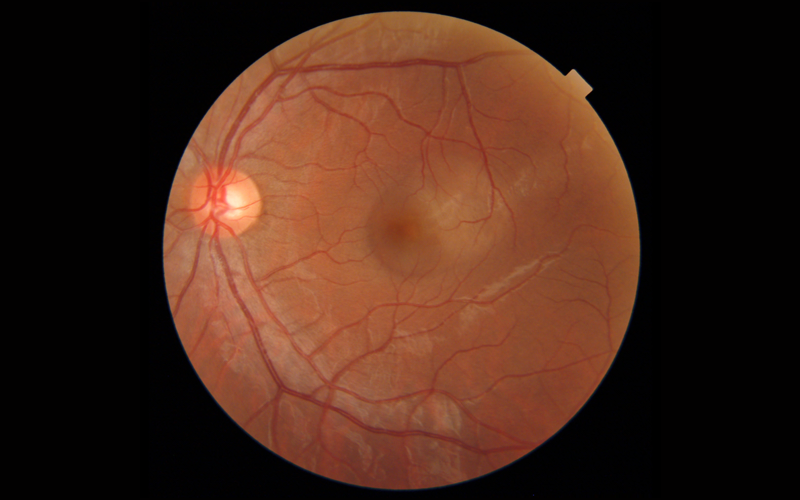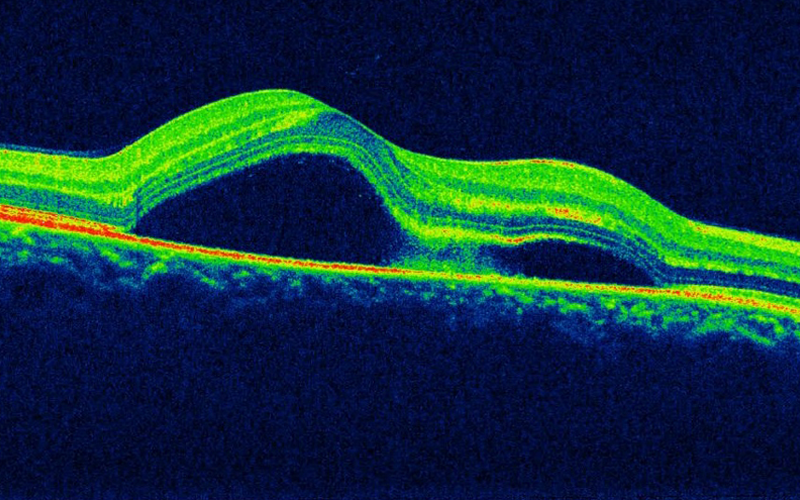
29 Jul Central Serous Chorioretinopathy (CSCR /CSR)
In Central serous chorioretinopathy (CSCR), fluid accumulates under the macula causing a swelling.
Normally there is an RPE (retinal pigment epithelial) pump in the retina that prevents any fluid from accumulating. When the RPE pump does not work as it should, fluid builds up under the RPE. As a result, a small elevation forms under the retina, causing vision to become distorted.
CSCR usually affects one eye at a time.
Patients usually complain of distorted, dull or blurred vision. Some may see a dark round patch in the central vision and objects appear smaller or further away than they are.
Risk factors include:
- 30-50 year old Males
- Stress
- Sleep disturbances
- Smoking or tobacco intake
- Use of steroids in any form
- Type A behavior (aggressive and competitive behavior)
- High blood pressure
A retina specialist can diagnose CSCR just by examination. An OCT scan will tell the amount of fluid under the macula and decide the further course of action. A fluorescein angiography (FFA) identifies the point of leakage in case treatment is planned.
Most cases clear up in one or two months without any treatment. However if there is severe vision loss or the fluid does not go away, then laser treatment may be used. These treatments can seal the leak and restore vision.
In some cases, vision may not be as good as it was before the condition. About half of the patients are at risk of having it again.
It is important to have regular follow-up exams because long-term fluid accumulation can lead to permanent vision loss.



Sorry, the comment form is closed at this time.